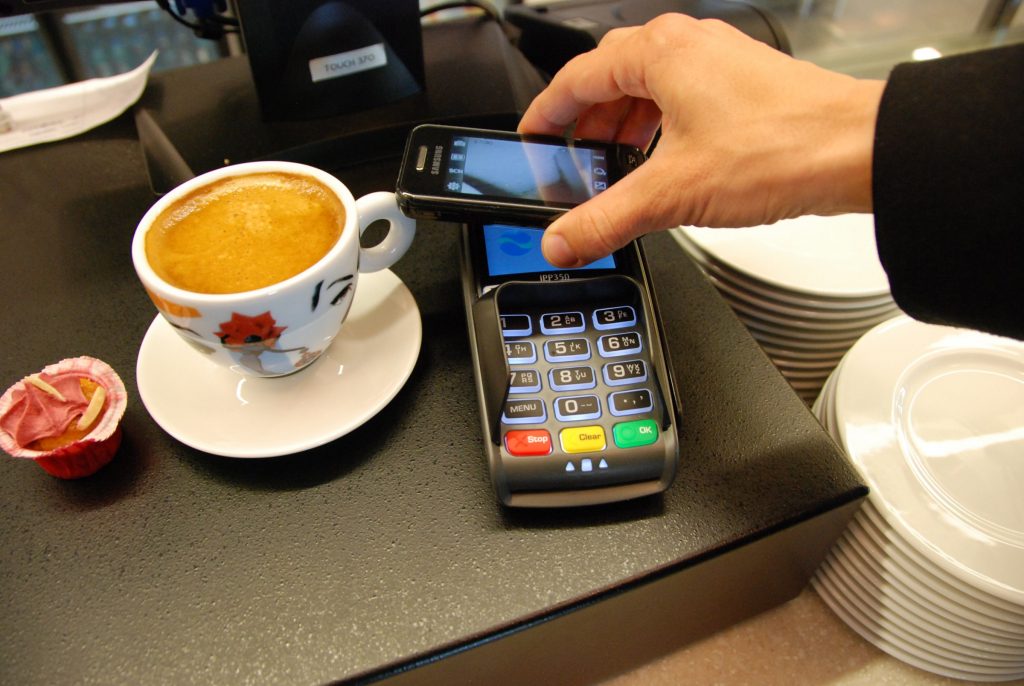“Ah, the smell of freshly printed $100 bills” will likely be a statement future generations scratch their heads at. What do you mean you carried around money in your pockets and put bills in a wallet that others carried in their grubby hands and their sweaty pockets?! Gross!
Mobile wallets are becoming more popular globally, although they haven’t caught on yet in the United States. In India for example, a recent demonetization by the Indian government prompted the Indian people to begin using mobile wallets. The Indian experiment is being helped by the National Payments Corporation of India (NPCI), whose efforts include making e-commerce transactions, micropayments, and person-to-person payments easier through its Unified Payment Interface (UPI). NPCI and others supporting the use of mobile wallets have created an effective promotional campaign in Hindi explaining how to use mobile wallets.

Traditional Wallet Cash (Image Courtesy Flickr https://goo.gl/images/6gpB8G)
In an interview with Fortune, Daniel Schulman, CEO of PayPal, notes that mobile wallets are not a “form factor change.” When someone pulls out their cell phone and taps on a point of sale terminal to make a payment instead of the traditional swipe of a credit card or cash it’s not really a fundamentally different action. But according to Schulman, the changes that mobile wallets will allow include changing the relationship between merchants and buyers by collecting point-of-sale information and offering new or additional products or services, discounts, and membership programs.
One company involved in the security of the mobile wallet business is Paysafe. The company works to make transactions fast, efficient, and safe.
The following video, “Introduction to Mobile Wallet and Mobile Wallet Marketing,” explains the history of the wallet, the types of mobile wallets currently available, and trends and opportunities mobile wallet technology creates. Clearly, the transition to digital mobile wallets is now fully underway.







